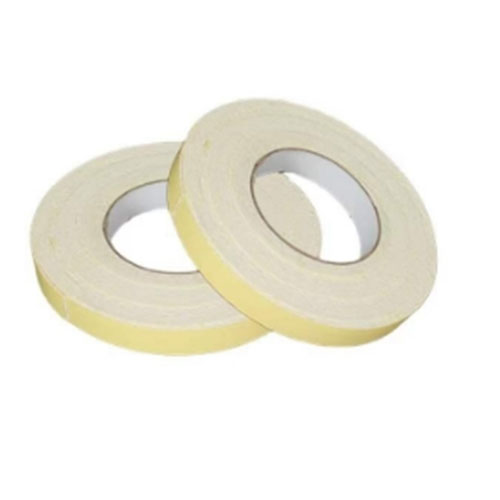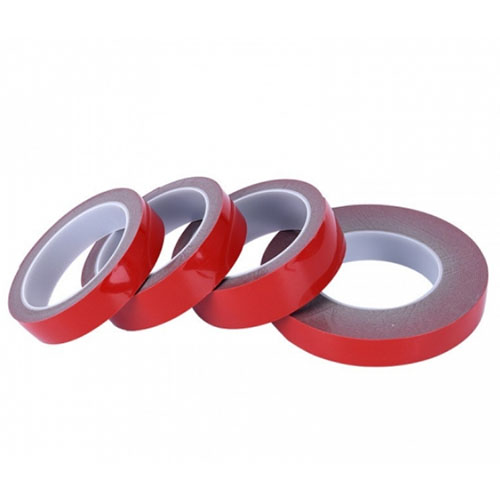Polyacrylamide (PAM) is a synthetic polymer that finds applications in various industries and fields due to its unique properties. Some successful application cases of polyacrylamide include:
1. Water Treatment: Polyacrylamide is widely used in water treatment processes as a flocculant, assisting in the removal of solid particles and turbidity from water. It is effective in treating wastewater from industries such as papermaking, mining, oil and gas, and municipal sewage treatment plants.
2. Enhanced Oil Recovery (EOR): In the oil and gas industry, polyacrylamide is used in enhanced oil recovery processes. It helps in improving the flow of oil by increasing the viscosity of injected water, which displaces more oil from the reservoir and enhances overall oil recovery.
3. Soil Erosion Control: Polyacrylamide is used in soil erosion control measures such as erosion control blankets and sediment basins. When applied to the soil, it can improve its structure, reduce water runoff, and prevent soil erosion.
4. Agriculture: Polyacrylamide is used in agriculture to improve soil quality, increase water retention, and reduce soil erosion. It can enhance irrigation efficiency by reducing water loss due to runoff.
5. Papermaking: In the paper industry, polyacrylamide is used as a retention aid and drainage aid. It improves the retention of fine particles during the papermaking process and enhances water drainage, resulting in improved paper quality and increased production efficiency.
6. Mining: Polyacrylamide is used in mineral processing, particularly in thickening, dewatering, and tailings management. It aids in the clarification and separation of minerals from water and assists in the dewatering of mining slurries.
7. Textile Industry: Polyacrylamide is employed in the textile industry as a sizing agent and fabric finishing agent. It helps to improve the strength and smoothness of fabrics, enhancing their quality and appearance.
8. Construction and Cement: In construction, polyacrylamide is used as a binder in the formulation of cement and concrete. It improves the workability and strength of concrete, reduces water permeability, and prevents cracking.
9. Cosmetics: Polyacrylamide derivatives are used in cosmetic formulations such as creams, lotions, and gels as thickeners, stabilizers, and texture enhancers.
These are just a few examples of the successful applications of polyacrylamide. Its versatility, water-solubility, and ability to modify flow properties make it valuable across industries.


